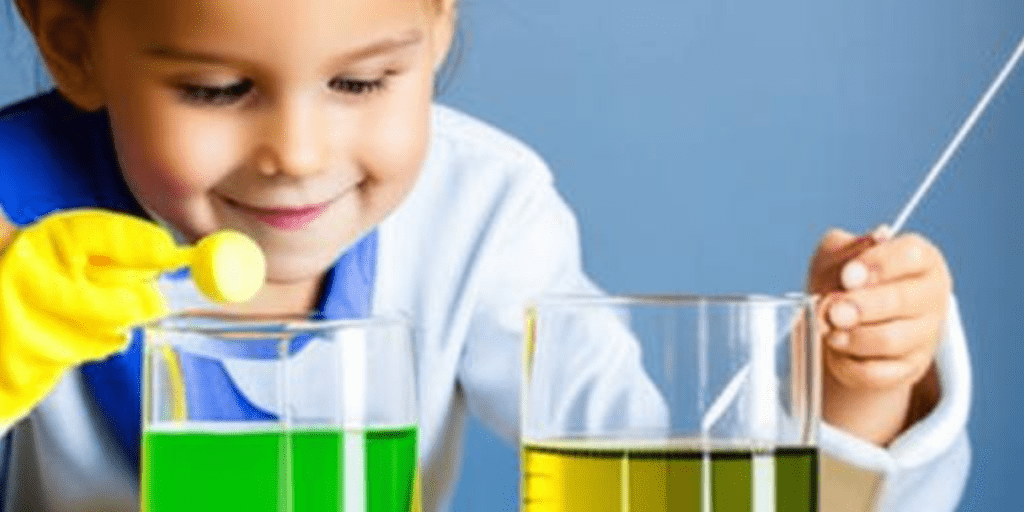Introduction:
Science can be a fascinating subject for kids to learn and explore. With so many interesting topics and experiments to try, it’s easy to keep your child engaged and excited about science. In this blog, we’ll share 10 fun science experiments for kids to try at home. These experiments are easy to do and use everyday household items, making them perfect for parents and children to do together.
- The Floating Egg Experiment:
This experiment is a classic and is perfect for teaching kids about density. All you need is an egg, a glass of water, and some salt. Have your child add salt to the water and watch as the egg floats to the top. This is because the saltwater is denser than the egg, causing it to float. - The Baking Soda and Vinegar Experiment:
This experiment is a great way to teach kids about chemical reactions. Simply mix baking soda and vinegar together in a container and watch as it bubbles and fizzes. This is because the mixture creates carbon dioxide gas, which causes the bubbling. - The Balloon Rocket Experiment:
This experiment is a fun way to teach kids about physics and motion. All you need is a balloon, a piece of string, and a straw. Blow up the balloon and tape it to the straw, then thread the string through the straw. Hold the string taut and let go of the balloon, and watch as it races along the string. - The Rainbow Milk Experiment:
This experiment is a great way to teach kids about surface tension and the properties of liquids. Simply add a few drops of food coloring to a shallow dish of milk, then add a drop of dish soap. Watch as the colors swirl and mix together, creating a rainbow effect. - The Mentos and Soda Experiment:
This experiment is a fun way to teach kids about chemical reactions and pressure. Simply drop a few Mentos candies into a bottle of soda and watch as it erupts like a volcano. This is because the Mentos causes the carbon dioxide in the soda to rapidly escape, creating a mini explosion. - The Lemon Battery Experiment:
This experiment is a great way to teach kids about electricity and conductors. Simply insert a copper penny and a zinc-coated nail into a lemon, and connect the two with a wire. The lemon juice acts as an electrolyte, creating a small electrical current. - The Oobleck Experiment:
This experiment is a fun way to teach kids about non-Newtonian fluids and the properties of matter. Simply mix cornstarch and water together to create a substance called Oobleck. It’s a liquid when poured slowly, but a solid when a force is applied to it. - The Paper Airplane Experiment:
This experiment is a great way to teach kids about aerodynamics and flight. Have your child fold different types of paper airplanes and see which ones fly the farthest or the longest. - The Vinegar and Baking Soda Rocket Experiment:
This experiment is a fun way to teach kids about propulsion and pressure. Mix baking soda and vinegar in a plastic bottle, then quickly put a cork on top. Watch as the mixture creates carbon dioxide gas, causing the cork to shoot off like a rocket. - The Slime Experiment:
This experiment is a fun way to teach kids about polymers and chemical reactions. Simply mix glue, water, and borax together to create a stretchy, slimy substance. Kids can add food coloring to create different colors, or add glitter for some extra sparkle.
Conclusion:
Science can be a fun and engaging subject for kids to study. By trying out these 10 fun experiments, your child can learn about different scientific concepts in a hands-on and exciting way





